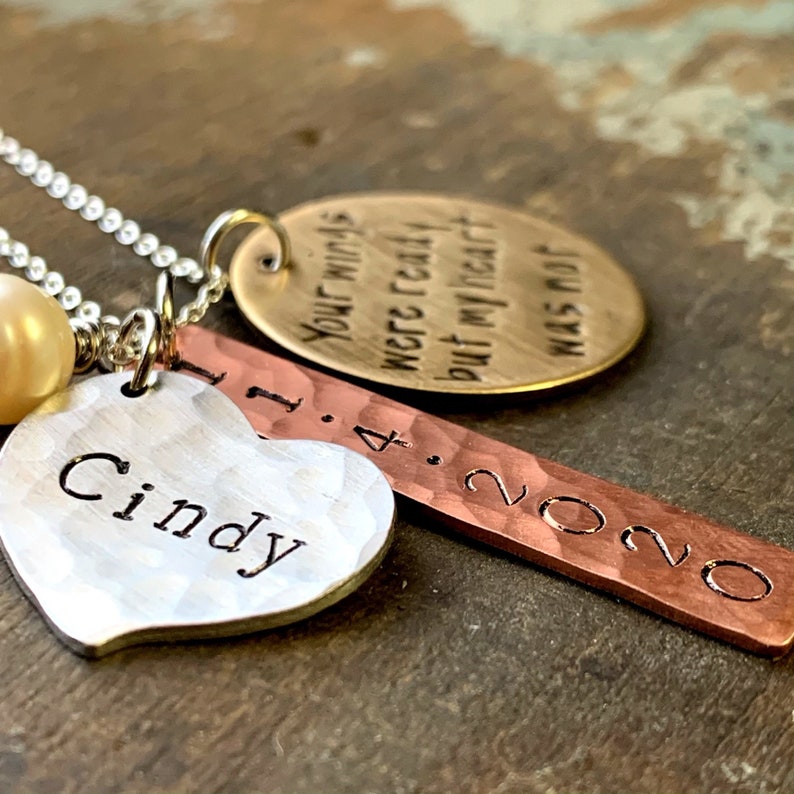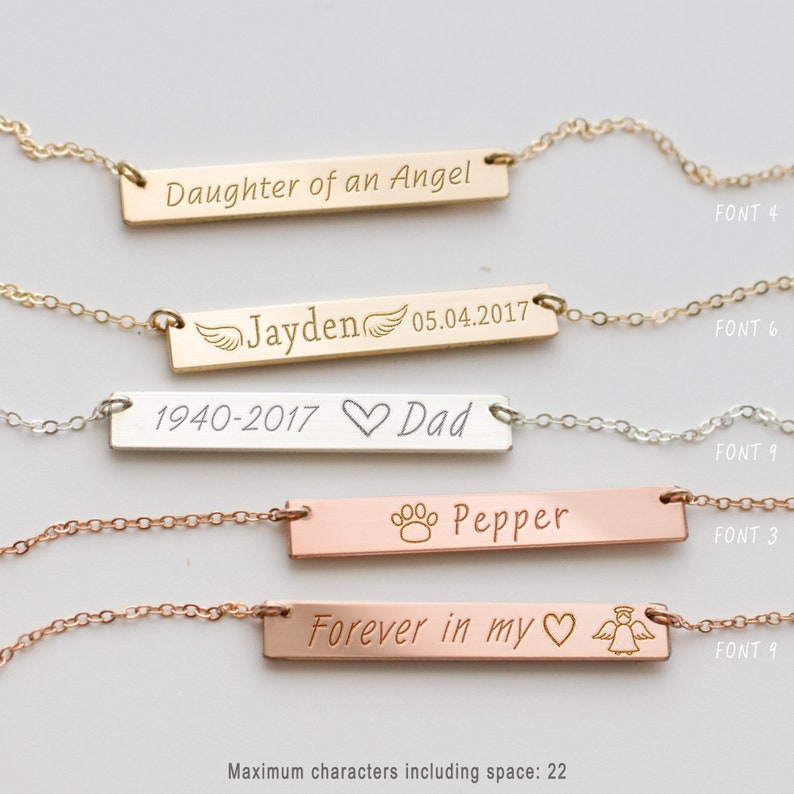

William Shakespeare the Prerogative Court of Canterbury, Shakespeare’s last will and testament: made 25 March 1616, proved 22 June 1616, The National Archives, Kew, UK, PROB 1/4. In 1932, Vogue reiterated: “Pearls, alone among all other gems, are approved, perhaps because they are a legendary symbol of tears.” Even in 1965, etiquette expert Amy Vanderbilt wrote for Ladies’ Home Journal that a widow should limit her jewelry to “jet or pearls” during mourning. In 1923, Vogue asserted “the woman in mourning must avoid … all jewelry save pearls.” Pearls remained uniquely qualified for mourning jewelry well into the modern fashion era. The same sentiment was echoed in a 1915 Vogue article titled “The Requirements of Correct Mourning,” in which the author also expressed “that colored jewelry should not be worn in mourning” but “pearls are always permissible in mourning however deep …” According to Ladies’ Home Journal in 1908, pearls alone were the only gemstone deemed “permissible” to wear with mourning black, whereas colored stones were entirely inappropriate. In addition to their symbolism, pearls were also acceptable to wear while in mourning due to their lack of color. Many pieces of memorial jewelry preserved in museum collections feature small seed pearls, and they were even incorporated into hair-work.
#Remembrance jewelry inscription professional
According to the Art of Hair Work, published in 1867, one benefit of crafting hair jewelry by oneself was “knowing that the material of your own handiwork is the actual hair of the ‘loved and gone.’” This implies that there were unsettling doubts among the clients of professional hair-workers as to whom the hair originally belonged to.Īs pearls were associated with tears, they were commonly used in Victorian mourning jewelry. However, it was also seen as a useful accomplishment among amateurs. This process was very complex, and as such, typically considered the specialized work of a professional. However, hair could also be woven into shapes sturdy enough to serve as bracelets, necklaces, watch-chains, and earring baubles. This fragile hair-work was preserved behind glass. Very skilled craftspeople were able to transform hair into shapes such as feathers, flowers, and wreaths. This hair was often manipulated into a stylized design, twisted, braided, or woven. Common materials included gold, enamel, precious stones, pearls, and even the hair of the deceased.īy the nineteenth century, it was fashionable to preserve the hair of loved ones in intricate designs known as “hair-work.” While not all mementos of hair were made to memorialize the dead, it was popular to include the hair of the deceased in memorial jewelry including rings, brooches, and bracelets. They may also feature symbols relating to death, such as skulls, coffins, urns, or weeping willows. The 1784 will of Ann Leake, a New York City resident, named six relatives who should be left “a mourning ring as a mark of my regard and esteem.” Memorial rings were characterized markings that record the life of the deceased in some way, usually and engraving of their name or initials, age, and date of their death. It became common practice for those of financial means to do so. In fact, upon the death of William Shakespeare in 1616, he left five friends a bequest of money to purchase rings in his memory. The memorial ring was one of the earliest traditions in European mourning jewelry.

As such, it appeals to our fascinations with that which is both precious and morbid.

This often included personalized inscriptions and the hair of the deceased, eternally preserving their memory. Yet, an element of Victorian mourning jewelry that has not continued is that which we may refer to as “memorial” jewelry. This aspect of mourning dress was carried into the twentieth century, yet it became increasingly less spectacular as dress etiquette relaxed and black became a more fashionable color. Jewelry suitable for mourning heavily relied on the materials jet and pearl to satisfy mourning’s achromatic requirement. When in the process of mourning, one would dress in austere black fashions, and this etiquette extended to jewelry as well. It intensified in England after the death of Queen Victoria’s husband, Prince Albert, in 1861. The tradition of observing death through dress and jewelry is centuries old but was especially visible in the Victorian Era (1837-1901).


 0 kommentar(er)
0 kommentar(er)
